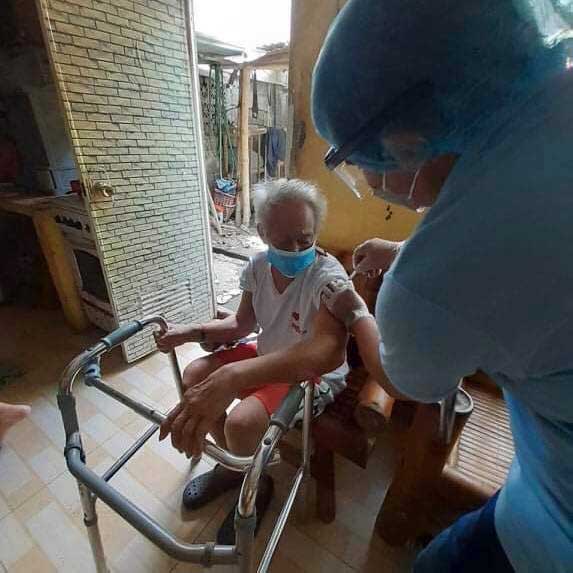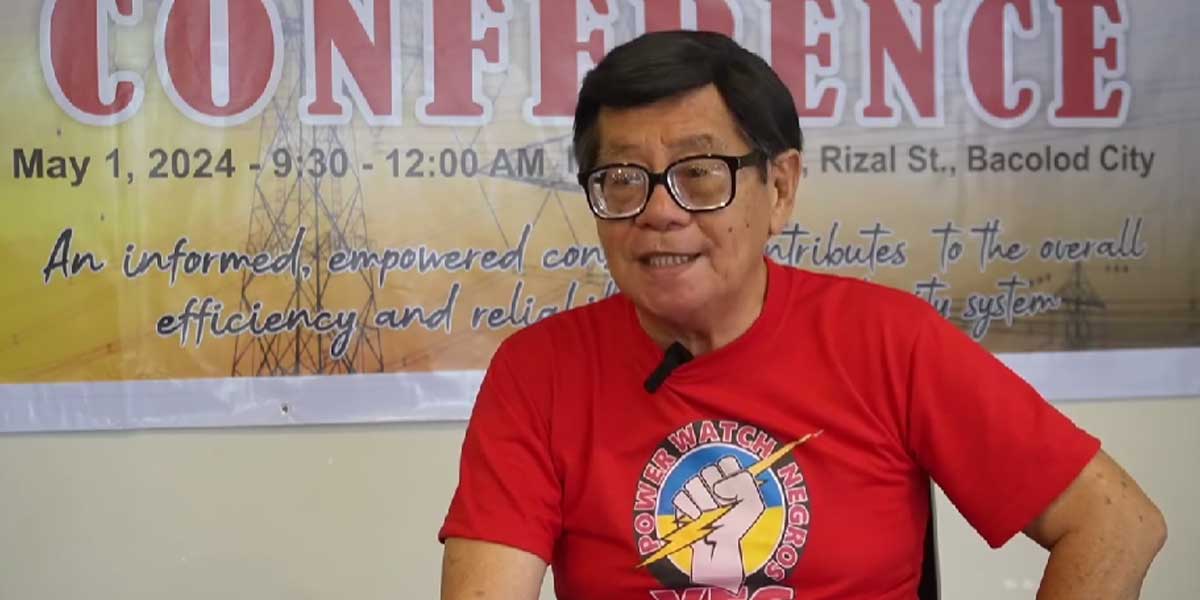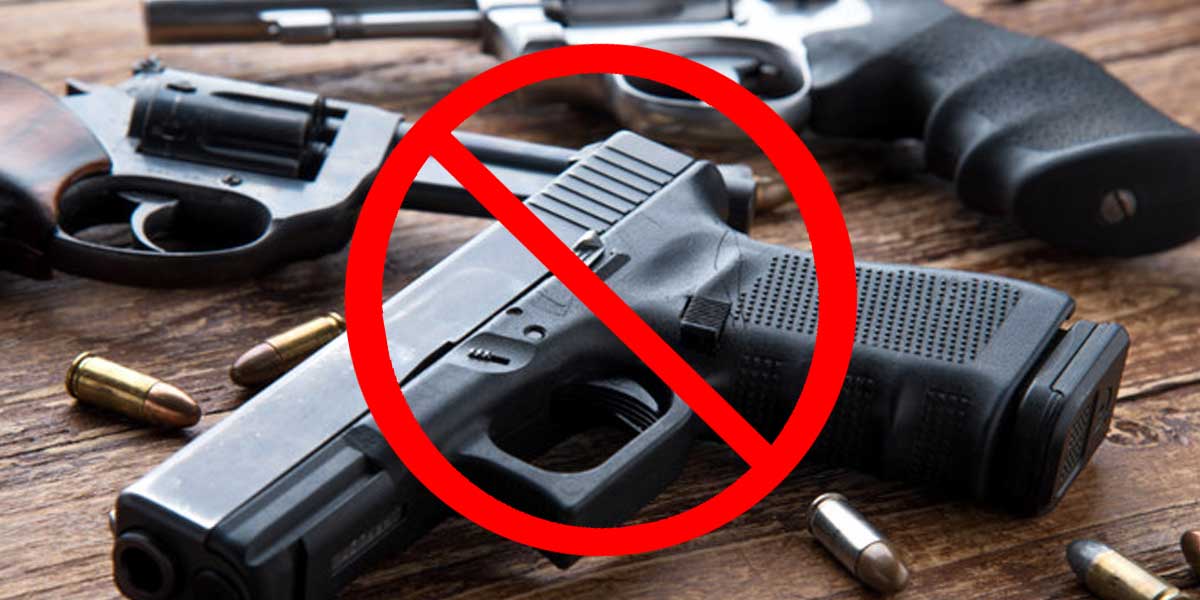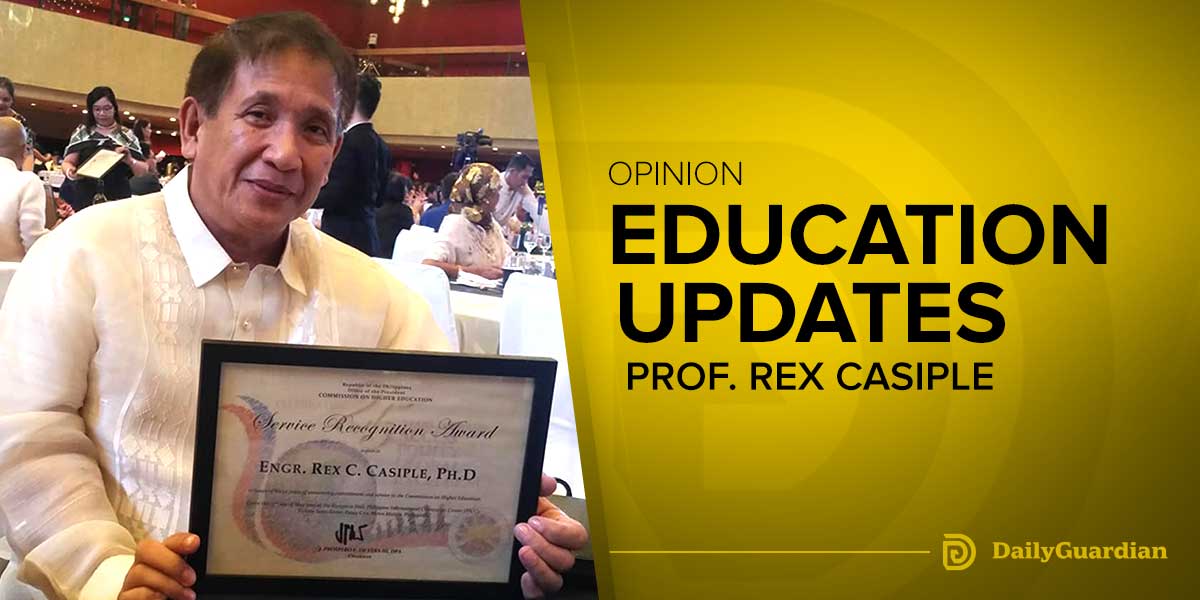
By Joseph B.A. Marzan
The Department of Health-Western Visayas Center for Health Development (DOH-WV CHD) on Monday said some areas of the region will need additional coronavirus disease 2019 (COVID-19) vaccine doses by the last week of July for the second doses of vaccinees.
DOH-WV CHD data as of July 11, 2021 indicated that 145,697 individuals in the region have been fully vaccinated against COVID-19, out of 481,817 who have received at least the first dose. The numbers point to a 7-day average of 11,938 vaccinations daily.
A fully vaccinated individual is someone who has more than or equal to 2 weeks after having received the second dose in a 2-dose vaccine; or more than or equal to 2 weeks after having received a single-dose vaccine.
The number translates to only 2.80 percent of 5,209,382 individuals who have been master-listed under Vaccine Priority Group A.
Master-listing and computation of vaccinated persons are done by either the National Vaccination Operations Center (NVOC), the DOH-WV CHD, or the local government unit (LGU).
Based on the rate per priority subgroup, A1 (health care frontliners and barangay health workers) received the most doses with 90.52 percent (122,136 out of 134,925 of master-listed pesons).
This is followed by A4 (frontliners in essential sectors) with 50.58 percent (39,741 out of 78,565 master-listed), A3 (persons with comorbidities) with 32.32 percent (168,388 out of 520,938 tallied by the National Vaccination Operations Center), A2 (senior citizens) with 18.02 percent (145,433 out of 807,165 master-listed), and A5 (indigent residents) with 0.43 percent (2,211 out of 512,589 master-listed).
There are still 4,025 vaccinated individuals in the region whose priority groups have yet to be validated.
Iloilo City administered the most number of first doses as of July 11 (102,532), followed by Iloilo province (99,896), Negros Occidental (99,022), Bacolod City (59,652), Capiz (41,259), Aklan (32,592), Antique (30,918), and Guimaras (11,958).
Iloilo province has had the most number of fully-vaccinated persons as of July 11 (37,116), followed by Iloilo City (24,375), Negros Occidental (22,476), Bacolod City (15,121), Aklan (14,000), Capiz (13,939), Antique (13,338), and Guimaras (4,907).
DOH-WV CHD non-communicable diseases chief Dr. Bea Camille Fillaro-Natalaray said in the July 12 edition of their regular web series ‘Isyung Bakuna’ that vaccine enthusiasm improved among members of the A1 priority group.
But more encouragement is needed among senior citizens.
“As we can see in our vaccination report, more than 90 percent have been utilized, meaning they have been given to our target populations. Still, we encourage, because we see the areas of prioritization especially the remaining A1 and A2 members. We still need to convince our senior citizens because we still need many of them to get vaccinated,” Natalaray said.
She added that the region is projected to need 240,791 vaccine doses for the second dose by mid-July (106,628 doses needed between July 18 and 24, and 134,163 between July 25 and 31).
Natalaray said 171,015 doses are allocated for July 18 to 24 inoculation, and 64,387 doses are reserved for July 25 to 31.
But some areas, especially the cities of Iloilo and Bacolod and the province of Capiz, would urgently need replenishment for second doses on July 25 to 31.
“For July 18 to 24 we still have enough vaccines for the rest of the provinces, but by July 25 to 31, we will have provinces which will need replenishment of their vaccines for the second dose. Hopefully during that time, or by next week, or in the next few weeks, we can receive vaccines so we can replenish especially the LGUs with lacking vaccines by July 25 to 31,” Natalaray said.
If the second doses would be delayed either due to shortage or unavailability of the patient, Natalaray said vaccinees can still get their shots within 3 to 6 months as efficacy will not be affected, based on the statement of the government’s Vaccine Expert Panel.
The Food and Drug Administration (FDA) also specified recommended time intervals for administration of doses in the Emergency Use Authorizations (EUA) issued to vaccines makers.
AZD1222 (United Kingdom’s AstraZeneca) should be administered 12 weeks after the first dose, while Coronavac (China’s Sinovac) has a maximum of 4-week interval.
The time interval for mRNA-1273 (United States of America’s Moderna) is 28 days, BnT162b2 (United States’ and Germany’s Pfizer and BioNTech) is 21 days, and Sputnik V (Russia’s Gamaleya) is 3 weeks.
“If there are cases, for example, that one was due for second dose then they became a close contact or they tested positive or there are other circumstances for the vaccinee on the second dose, they can still have their second dose within 3 to 6 months. Our vaccine expert panel has stated that it will not affect the efficacy of the vaccine as long as it is given within 3 to 6 months,” said Natalaray.
To address concerns of vaccine confidence amid jab delays due to shortage, she said that the DOH-WV CHD encourages LGUs to actively be in touch with their residents as to the availability of doses.
“We encourage our LGUs that during masterlisting, we have to get in touch with them as to when the vaccine will be available to them. Our government is trying their best to give the vaccines within the prescribed time, but it is still dependent on the supply given to our country. The LGUs are encouraged to have constant information dissemination as to vaccine availability and schedules to those master-listed so that as soon as possible, they could be given vaccines,” Natalaray said.





















